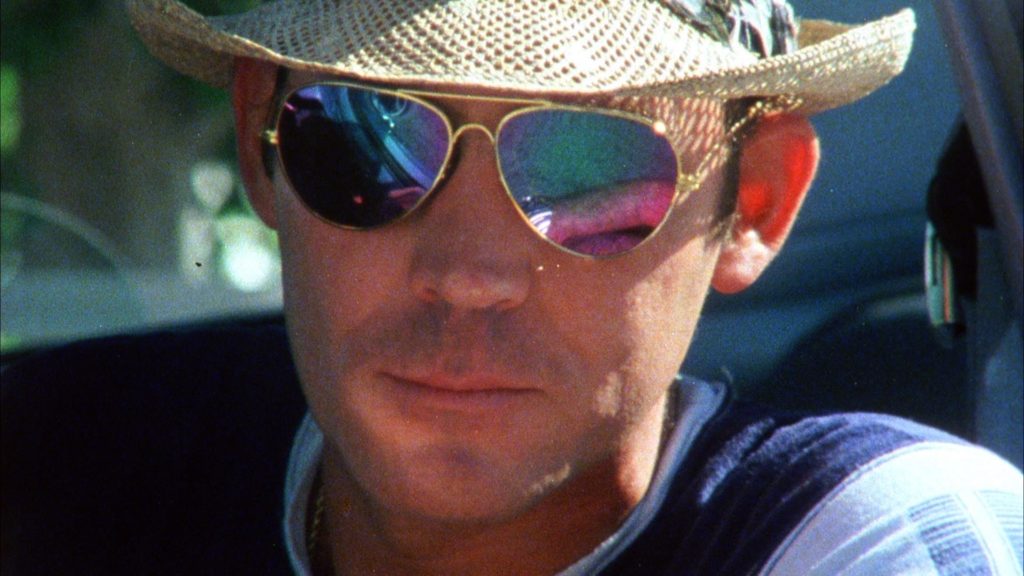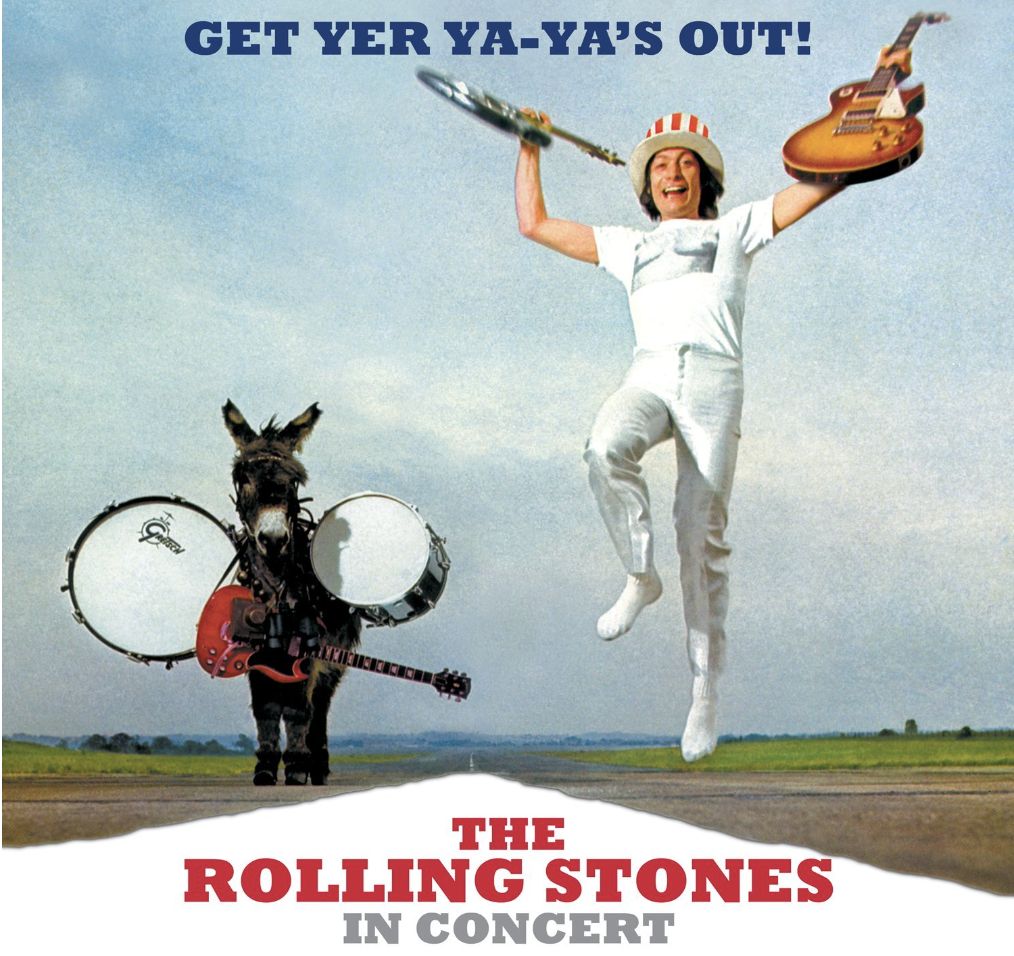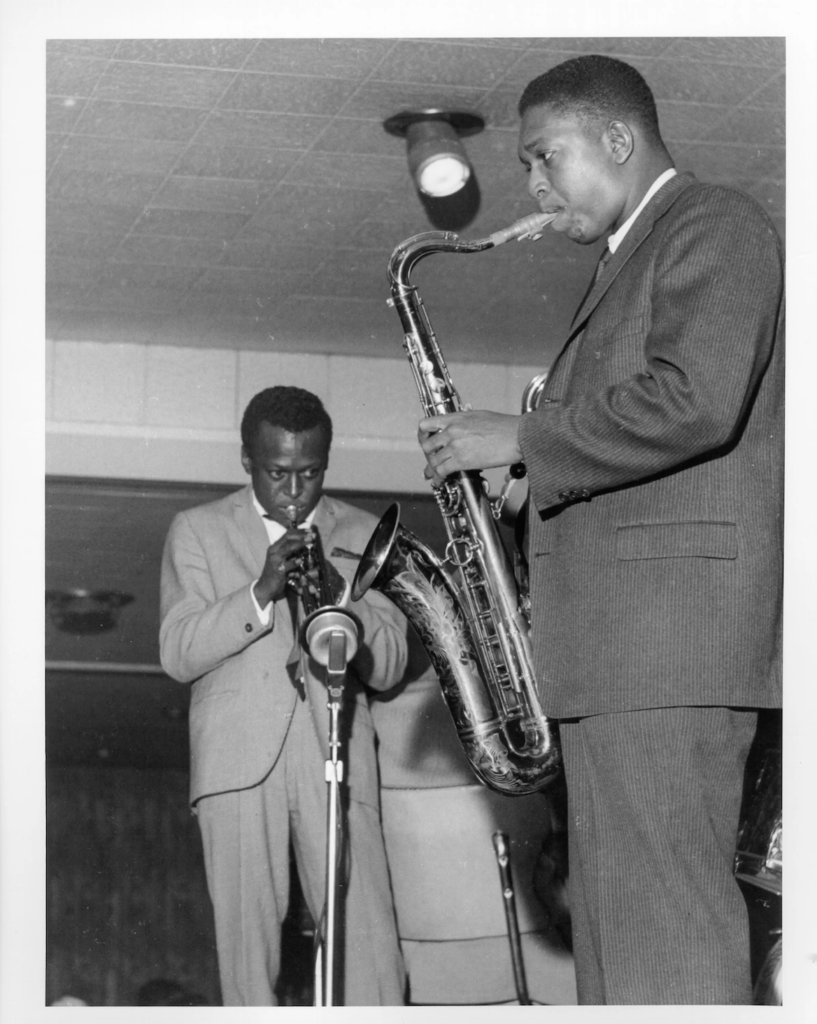Music is Fuel

I grew up under the influence of Stan Cornyn, the Shakespeare of liner notes. His essays for Warner-Reprise were often art on the level of the albums that contained his prose.
So I was pleased when musician Dan McCarthy asked me to write liner notes for his album, Songs of the Doomed, music inspired by Hunter S. Thompson.
Here‘s the Bandcamp link for the album.
. . . . . . . . . . .
Copyright © 2025 William McKeen
Odd, isn’t it, that Hunter S. Thompson rarely wrote about music. He worked for Rolling Stone, he consorted with the Rolling Stones and once shared airspace with Bob Dylan.

Yet we think about Hunter, we think about politics, motorcycle gangs and hot-tub romps with porn stars.
But think of an iceberg. What we see, when we look at Hunter’s work, is the part that’s above the surface. Down below lies the research, the inspiration and the music. There was rhythm and music in his writing, but it’s not obvious at first.
To Hunter, music was fuel. He played it loud, with superb stereo equipment. Though he could be technologically challenged, he cared deeply about having the right kind of speakers and a good amp.
We may owe the energy of Fear and Loathing in Las Vegas to the Stones and Get Yer Ya-Ya’s Out. Hunter was working on a quite-serious article about a murdered journalist named Ruben Salazar. The main agitator for pulling truth from the Los Angeles police — suspected of killing Salazar — was attorney Oscar Zeta Acosta. Hunter needed alone-time with Acosta and so he wrestled him away from his handlers and took off on a two-man trip to Las Vegas, for well-sourced journalism and debauchery.

Back in LA to finish the article, Hunter worked into the cracks of each dawn on the piece, then set it aside for his sunrise ablutions with the Rolling Stones. He cranked Get Yer Ya-Ya’s Out, and the churning energy of the music inspired a different sort of writing, an improvisational memoir about Hunter’s trip with Oscar, and before long, Hunter had produced his masterwork, Fear and Loathing in Las Vegas.
His preference for extreme volume made it clear that it wasn’t background music he sought. He wanted to engage with music and draw inspiration from it.
He dedicated Fear and Loathing in Las Vegas, in part, to Bob Dylan for writing “Mr Tambourine Man.” He was so enamored of the song that he insisted it be played at his combo funeral-and-fireworks-display. What he drew from music was inspiration, as Dylan’s song — an artist begging his muse — naturally resonated with Hunter, a fellow practitioner of the lonely word trade: “Take me on a trip upon your magic swirling ship.”

For me, the improvisation of adventurous jazz makes for the greatest logorhythms. Best results come from artists who rarely filed flight plans: John Coltrane, Thelonious Monk, Miles Davis (mostly the pre-crazy era) and Louis Armstrong. Listen to the hypnotic hundreds of “Dark Star” versions by the Grateful Dead. There’s something about the audacity and unpredictability of music. Listen to the musicians chase vestiges of a melody in a virtuoso example of contained anarchy.
Hunter loved to hear his writing read aloud. The best way to improve as a writer is to perform what you have written — because then you will hear its rhythm. This is where the music is most deeply felt in his writing.
Life is a series of circles. Dan McCarthy’s music is inspired by Hunter S. Thompson, who, in turn, was inspired by bold musicians like McCarthy.
One art is not a parasite of another. They feed each other and provide the fuel to push the boundaries. There’s the magic, swirling ship. There are the smoke rings in the mind. Take a journey without boundary or destination. We’ll come following you.
